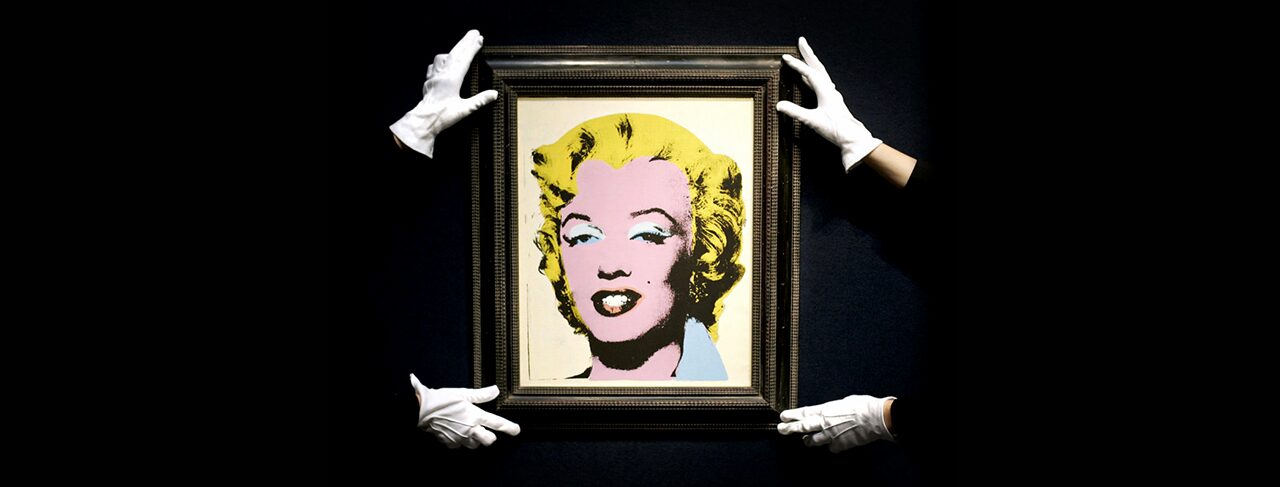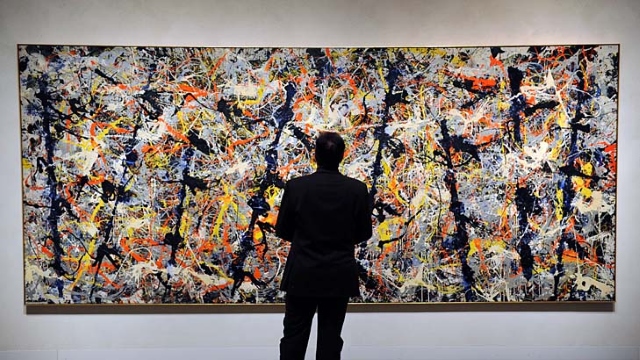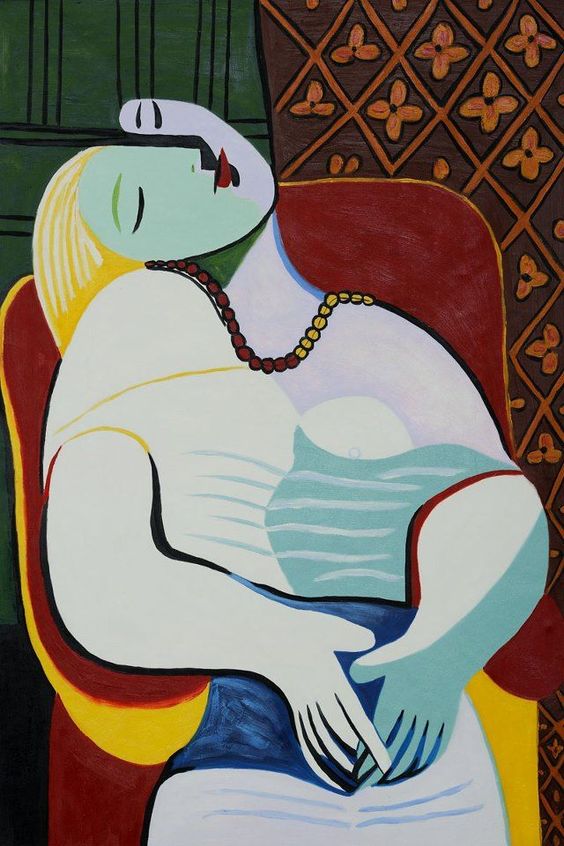Blue Chip Art has outperformed property as well as the stock market since 2000, but what are the risks and how do you invest?
In 1973 the National Gallery of Australia, Canberra controversially purchased American Artist Jackson Pollock’s abstract painting Blue Poles for $1.3 million AUD. At the time the acquisition of Blue Poles sparked major controversy in Australia due to the high price paid for it – it was in fact the highest price ever paid for an American painting at that time. Today the painting is worth $350 million increasing in value more than 30-fold.
Like many types of investments, Art is one for the long term and has largely been reserved for the mega wealthy. Now websites like Masterworks have made it easy for anyone to invest in a piece of Blue Chip Art.
In business, “Blue chip” refers to companies or their shares considered to be a reliable investment. These companies will typically have a national reputation for quality, reliability and the ability to operate profitably in good and bad times such as Apple, Nike or Goldman Sachs.

Blue Chip artists are typically old masters whose Art’s value has consistently increased in value over time. The Artprice100 index lists the 100 top performing artists at auction within the last 5 years with Picasso, Monet and Cézanne topping the charts.
Sure, you can walk into a gallery today and fork out a few thousand for the work of an unknown Artist, however this is a gamble.
Blue Chip Art commands hefty price tags, typically in the millions or tens of millions range due to their “investment grade” status.
For the everyday investor with as little as $1000 there are companies who offer the opportunity to invest in a piece of blue chip art, so anyone can benefit from increases in the value of art.
By investing money into a share of a piece of Blue Chip Art you could be rewarded, with Artprice reporting, “Over 18 years, the Artprice100® grew by 360%, generating an average annual return of 8.9%.”
It’s Easy to Invest
Masterworks, researches which artists and artworks will provide the best returns over time using algorithms. Anyone can invest and create a diversified portfolio of Art works.
High Capital Growth Potential
While forecasting an individual artwork’s performance is a hit-or-miss affair, the blue-chip art market is relatively stable. According to Artprice, “the top of the art market has appreciated at an average annual rate of 8.9%, while the stock market has trailed it significantly, growing at a rate of 3.4% in the same time-frame.”
It’s Not Linked to The Stock Market
The Art Market is not correlated to global equities unlike the stock market. Factors such as supply and demand, press, books and journals and corporate endorsement affect the price of Art, of which the value fluctuates like any asset class.
It’s Safe
Masterworks registers artwork purchases with the Securities and Exchange Commission. Securitization is the process whereby a financial asset, in this case the artwork, is converted into tradeable, fungible items of monetary value, which creates liquidity in the marketplace allowing investors to buy.
Portfolio Diversification
Portfolio diversification aims to maximize returns by investing in different areas that would each react differently to the same event. This is a must for the savvy investor as it protects from unforeseen (and inevitable) dips in the economy.
Investing in Art can also bring satisfaction of ownership.
With the estimated worth of Fine Art as an asset class being approximately $1.7 trillion USD today, investing in blue chip Art allows the everyday investor to own part of a blue chip masterpiece.
DISCLAIMER: This information is general in nature is not intended as legal, financial or investment advice and should not be construed or relied on as such. Before making any commitment of a legal or financial nature you should seek advice from a qualified and registered legal practitioner or financial or investment adviser.






